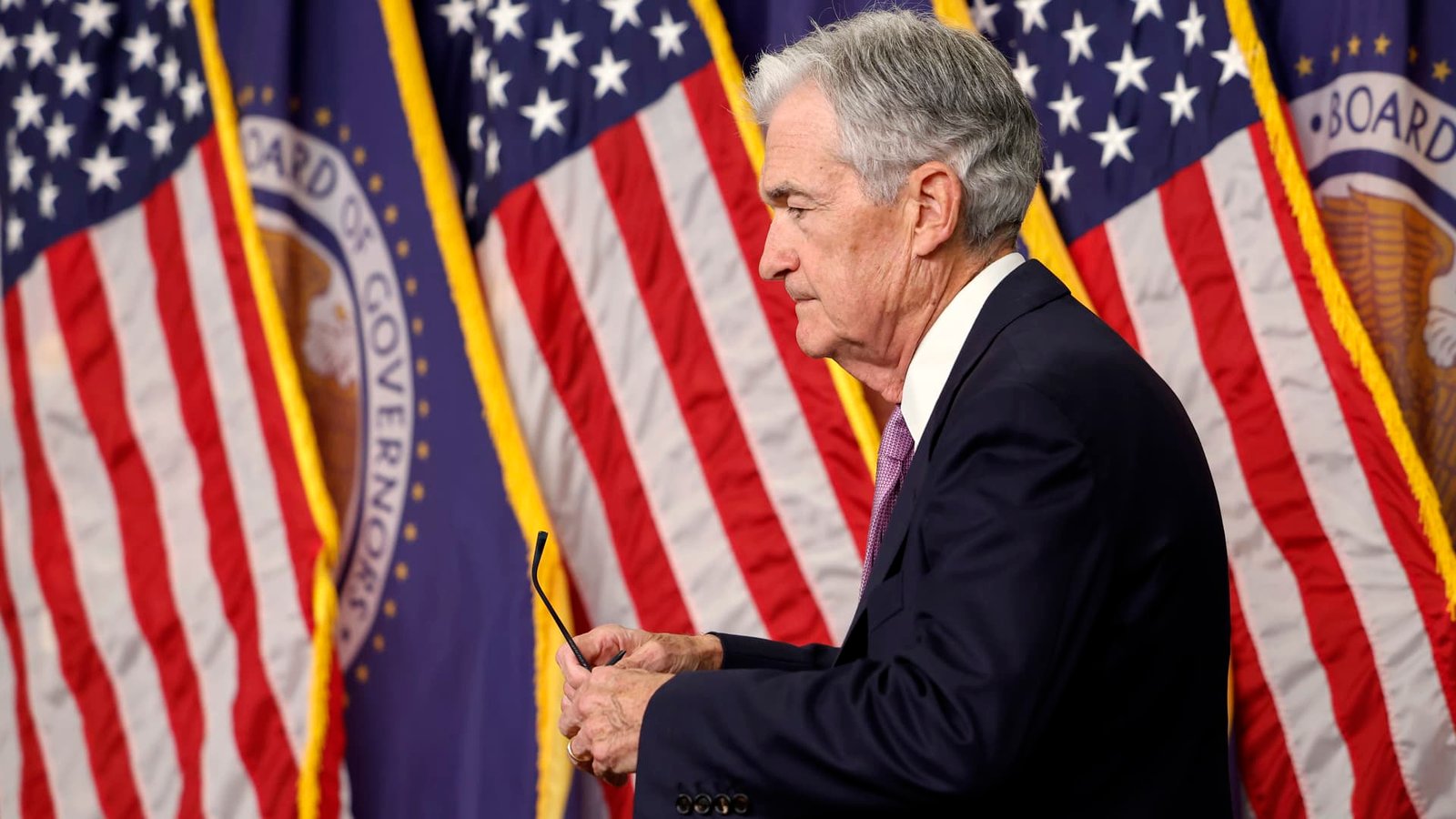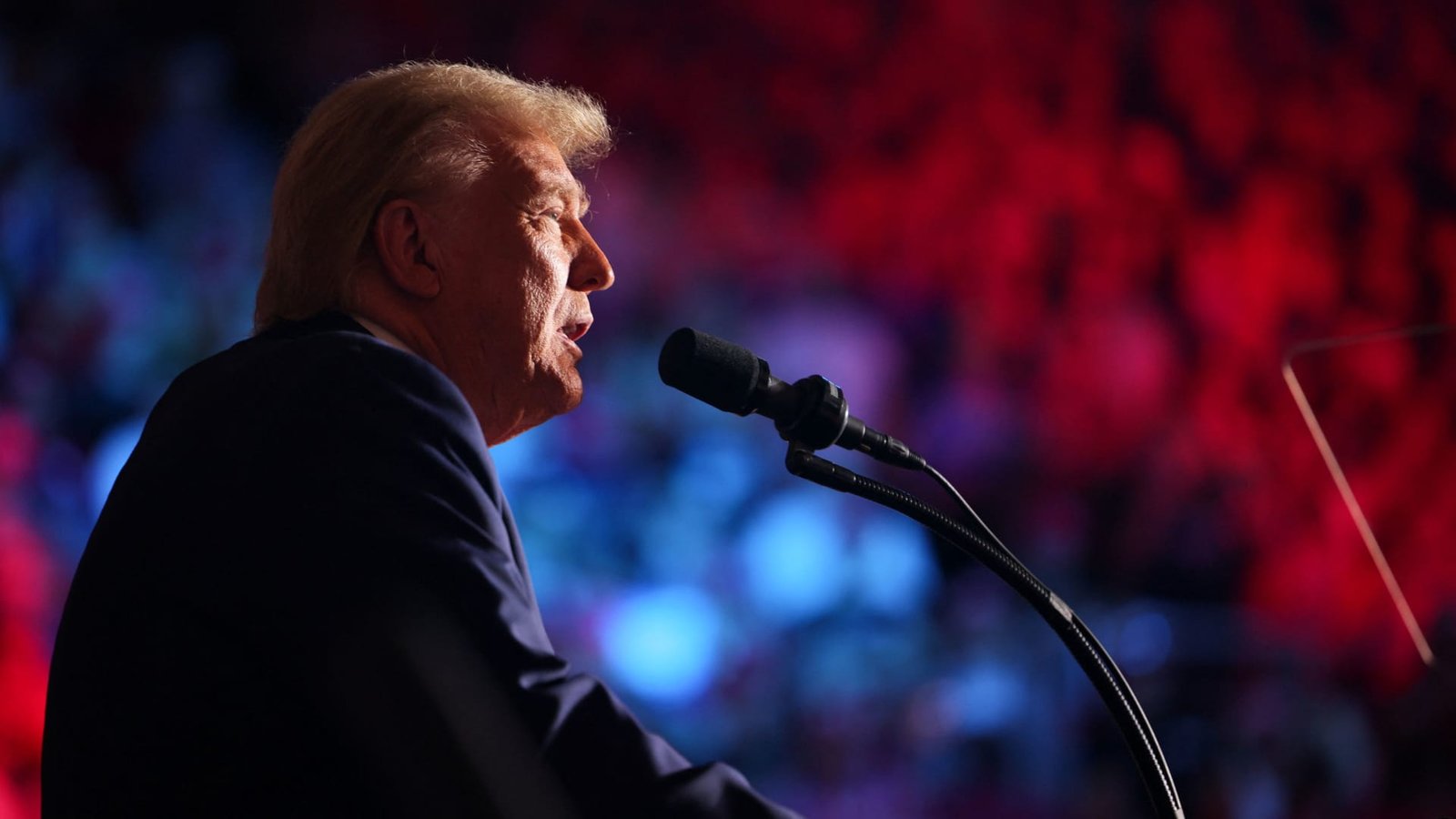Prices in November remained relatively stable but continued to surpass the Federal Reserve’s target compared to a year earlier, as per a Commerce Department report released on Friday.
The personal consumption expenditures price index, which is the Fed’s preferred measure of inflation, saw a slight 0.1% increase from October. This resulted in an annual inflation rate of 2.4%, exceeding the Fed’s 2% target but falling short of the 2.5% estimate from Dow Jones. The monthly figure was also 0.1 percentage point below expectations.
Excluding food and energy, the core PCE also rose by 0.1% monthly and was 2.8% higher than the previous year, both figures slightly below the forecast by 0.1 percentage point. Fed officials typically view the core reading as a more reliable indicator of long-term inflation trends as it excludes the volatile food and energy sectors.
The annual core inflation rate remained unchanged from October, while the headline rate increased by 0.1 percentage point.
The data indicated minimal growth in goods prices and a 0.2% uptick in services prices. Both food and energy prices also saw a 0.2% increase. Over a 12-month period, goods prices declined by 0.4%, while services prices rose by 3.8%. Food prices went up by 1.4%, whereas energy prices dropped by 4%.
Housing inflation, a component of inflation known for its stability during economic cycles, showed signs of slowing down in November, with a modest 0.2% increase.
The income and spending figures in the report fell slightly short of expectations. Personal income rose by 0.3% following a 0.7% surge in October, below the anticipated 0.4% increase. Personal expenditures grew by 0.4%, slightly lower than the forecast by one-tenth of a percentage point.
The personal saving rate decreased marginally to 4.4%.
Following the release of the report, stock market futures remained in negative territory, and Treasury yields also declined.
Chris Larkin, managing director of trading and investing at E-Trade Morgan Stanley, noted that “Sticky inflation appeared to be a little less stuck this morning,” attributing the market’s reaction to the lower-than-expected inflation gauge from the Fed.
The report came shortly after the Fed’s decision to lower its benchmark interest rate by a quarter percentage point to a target range of 4.25%-4.5%, the lowest level in two years. Chair Jerome Powell and his colleagues revised their projected rate cuts for 2025, now expecting only two reductions compared to the four previously indicated in September.
Powell emphasized that while inflation has moved closer to the Fed’s target, the adjustment in the rate cut path reflects the anticipation of higher inflation in the coming year. He likened the situation to navigating cautiously in uncertain conditions, stating, “It’s kind of common sense thinking that when the path is uncertain you go a little bit slower.”




